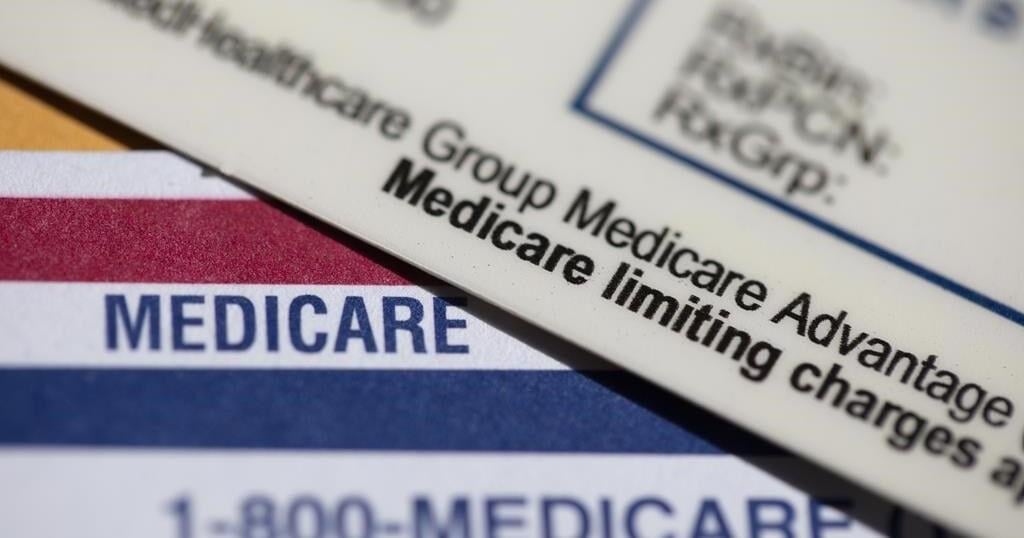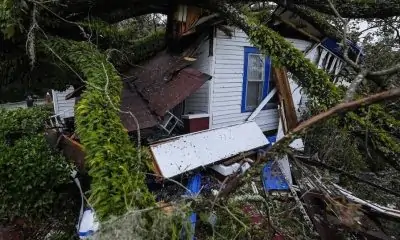Shopping season for Medicare coverage is about to begin. With it comes the annual onslaught of TV ads and choices to consider.
People eligible for the federal government’s Medicare program will have from Oct. 15 to Dec. 7 to sign up for 2025 Medicare Advantage plans, which are privately run versions of the program. They also can add a prescription drug plan to traditional Medicare coverage.
Many people on Medicare Advantage plans will probably have to find new coverage as major insurers cut costs and pull back from markets. Industry experts also predict some price increases for Medicare prescription drug plans.
Shoppers often have dozens of options during this sign-up period. Here are some things to consider.
Don’t put off shopping for Medicare coverage
Start thinking about next year’s coverage before the annual enrollment window begins. Insurers will usually preview their offerings or let customers know about any big changes. That makes anything arriving in the mail from your insurer important to read.
Insurance agents say many people wait until after Thanksgiving to decide coverage plans for the new year. That could be a mistake this year: The holiday falls on Nov. 28, leaving slightly more than a week to decide before the enrollment window closes.
Look beyond the premium
Many Medicare Advantage plans promote a $0 premium. That may sound attractive, but price is only one variable to consider.
Shoppers should look at whether their doctors are in the plan’s coverage network and how prescriptions would be covered. They also should know the maximum amount under the plan that they’d have to pay if a serious health issue emerges.
Plans offer many supplemental benefits, including help paying food or utility bills. Don’t let those distract from understanding the core coverage, said Danielle Roberts, co-founder of the Fort Worth, Texas, insurance agency Boomer Benefits.
“Remember that we buy health insurance for the big things, not the frills,” she said.
How to get help shopping for plans
The federal government operates a plan finder that lets people compare options. The State Health Insurance Assistance Program can be another resource. Insurance brokers or agents also guide customers through searches.
Sometimes a plan’s coverage doesn’t work as expected. If that happens, there’s another enrollment window in the first three-months of each year where some shoppers may be able to make a change.
___
The Associated Press Health and Science Department receives support from the Howard Hughes Medical Institute’s Science and Educational Media Group. The AP is solely responsible for all content.

























